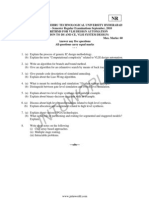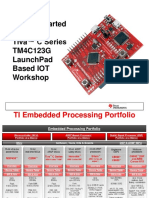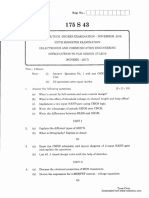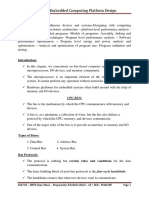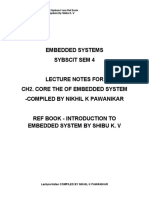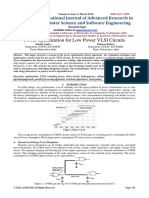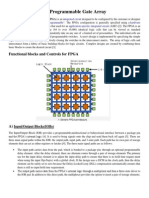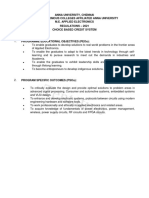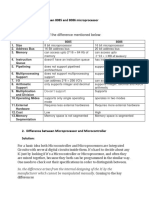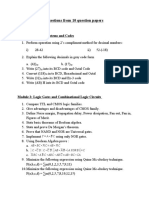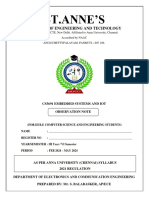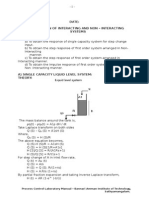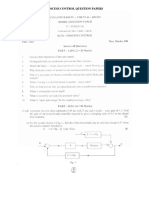0% found this document useful (0 votes)
361 views5 pagesUART / USART in PIC Microcontroller
UART is used for point-to-point serial communication between two devices using two pins - RX and TX. Serial communication involves transmitting one bit at a time, starting with a start bit, followed by the data bits least significant bit first, and ending with one or two stop bits. The PIC microcontroller's hardware USART requires configuration of three registers - TXSTA, RCSTA and SPBRG, where SPBRG is used to calculate the baud rate and the other two registers control transmission and reception.
Uploaded by
kaushikei22Copyright
© © All Rights Reserved
We take content rights seriously. If you suspect this is your content, claim it here.
Available Formats
Download as DOCX, PDF, TXT or read online on Scribd
0% found this document useful (0 votes)
361 views5 pagesUART / USART in PIC Microcontroller
UART is used for point-to-point serial communication between two devices using two pins - RX and TX. Serial communication involves transmitting one bit at a time, starting with a start bit, followed by the data bits least significant bit first, and ending with one or two stop bits. The PIC microcontroller's hardware USART requires configuration of three registers - TXSTA, RCSTA and SPBRG, where SPBRG is used to calculate the baud rate and the other two registers control transmission and reception.
Uploaded by
kaushikei22Copyright
© © All Rights Reserved
We take content rights seriously. If you suspect this is your content, claim it here.
Available Formats
Download as DOCX, PDF, TXT or read online on Scribd
/ 5









